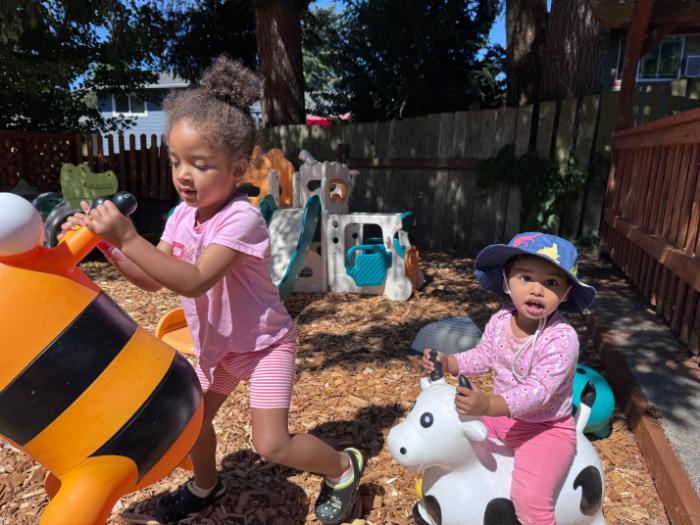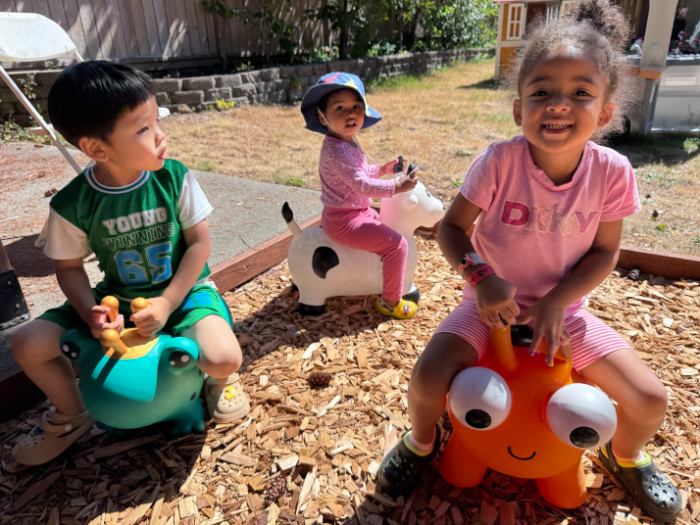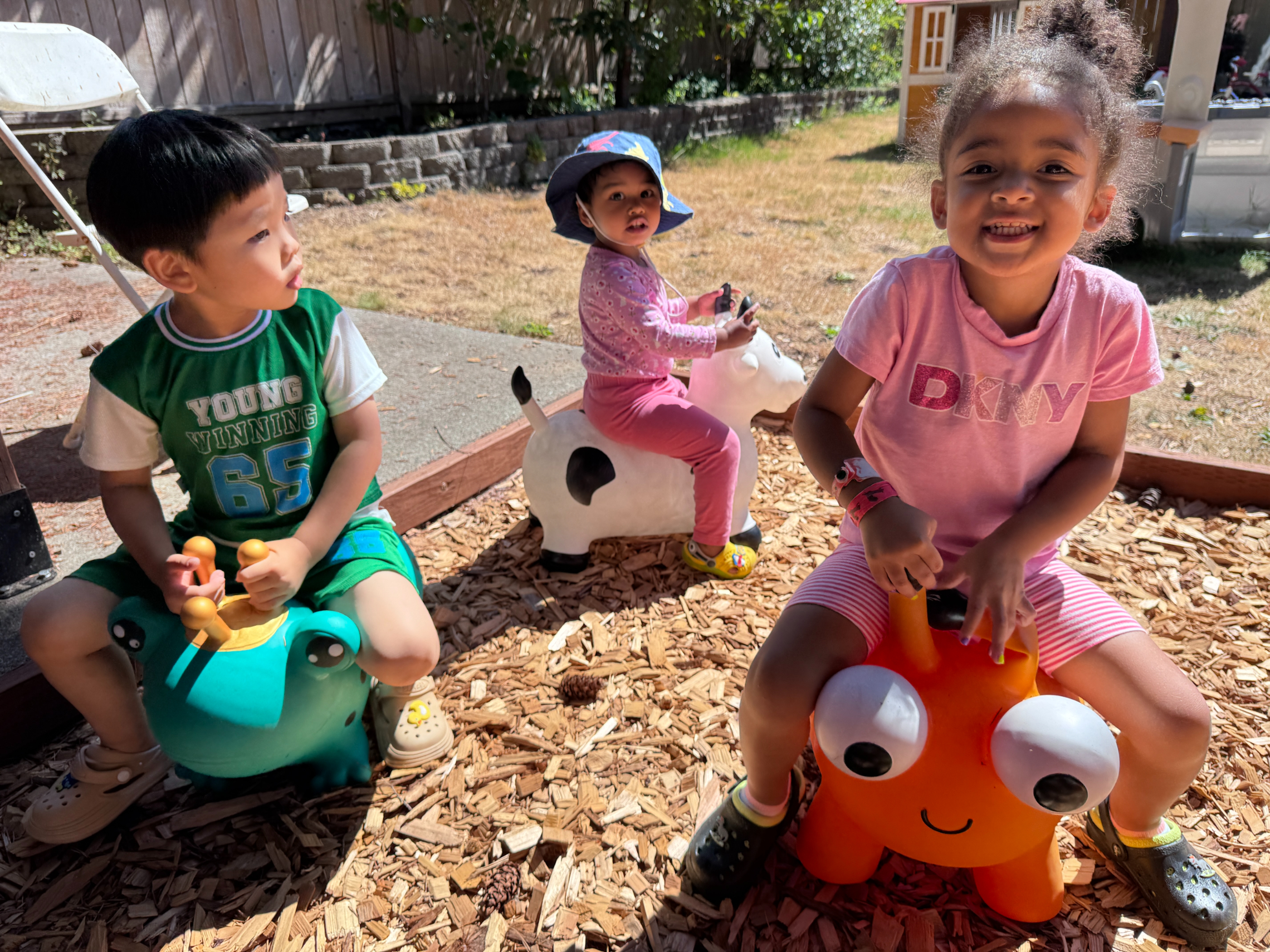Ensuring the safety of infants, toddlers, and preschoolers in childcare requires robust emergency preparedness. From tailored evacuation plans to regular drills, childcare providers can create secure environments that protect young children during crises like fires, earthquakes, or medical emergencies. This guide offers expert strategies, including age-appropriate safety measures, essential supplies, and effective communication with parents and authorities. Backed by reputable sources like FEMA and the Red Cross, the article provides actionable steps to build confidence and compliance in childcare settings. Read on to discover how to safeguard your childcare space with practical, proven methods.
Introduction to Emergency Preparedness in Childcare
Emergencies can strike unexpectedly, and childcare settings must be ready to protect their youngest charges. Preparing childcare spaces for emergencies involves creating clear plans, training staff, and ensuring age-appropriate responses for infants to preschoolers.
What Is Childcare Emergency Preparedness?
Childcare emergency preparedness encompasses strategies to handle crises like fires, natural disasters, or medical emergencies. It includes evacuation plans, safety drills, and communication protocols to ensure every child’s safety. According to FEMA, well-prepared childcare centers significantly reduce risks during emergencies.
The Unique Challenges of Childcare Settings
Young children have limited mobility and emotional resilience, making emergency planning complex. Infants require physical assistance, toddlers need simple instructions, and preschoolers benefit from clear guidance. Addressing these needs ensures a safe, calm response.
Why Emergency Preparedness Matters in Childcare
Proactive planning saves lives and builds trust. The Red Cross notes that childcare facilities with emergency plans reduce injury risks by up to 40%.
Protecting Young Children’s Safety
Preparedness minimizes harm during crises. Clear evacuation routes, accessible supplies, and trained staff ensure quick, safe responses tailored to young children’s needs.
Building Confidence in Caregivers and Parents
A robust emergency plan reassures caregivers and parents, fostering trust in the childcare provider. Regular drills and transparent communication demonstrate commitment to safety.
Legal and Regulatory Requirements
Childcare centers must comply with state and federal safety regulations, such as those outlined by the American Academy of Pediatrics. Preparedness ensures legal compliance and avoids penalties.

Key Components of a Childcare Emergency Plan
A comprehensive emergency plan is the backbone of childcare safety. Here are the essential elements.
Developing Evacuation Plans
Create clear evacuation routes with visible signage, accounting for multiple exits and safe assembly points. Ensure plans accommodate children with special needs and are accessible to all staff.
Emergency Supplies and Resources
Maintain a well-stocked emergency kit with first aid supplies, blankets, formula, diapers, and contact lists. Store kits in easily accessible locations and check them monthly for expiration dates.
Staff Training and Responsibilities
Train caregivers in CPR, first aid, and crisis management. Assign roles like “evacuation leader” or “parent communicator” to streamline responses. Regular training refreshers are critical.
Conducting Effective Emergency Drills
Drills prepare staff and children for real emergencies without causing fear.
Types of Drills for Childcare Settings
Conduct fire, earthquake, and lockdown drills at least quarterly. Each type addresses specific risks, ensuring comprehensive preparedness.
Making Drills Age-Appropriate
For infants, practice safe crib evacuations. For toddlers, use songs or games to teach lining up. For preschoolers, explain drills as “safety adventures” to reduce anxiety.
Evaluating and Improving Drills
After each drill, assess response times and challenges. Gather staff feedback and adjust plans to address gaps, ensuring continuous improvement.

Tailoring Safety Measures for Different Age Groups
Each age group requires unique strategies to ensure safety during emergencies.
Emergency Protocols for Infants (0–12 Months)
Use wheeled cribs for quick evacuation and maintain a 1:2 caregiver-to-infant ratio during crises. Keep emergency bags with diapers and formula nearby.
Safety Plans for Toddlers (1–3 Years)
Implement buddy systems to keep toddlers together. Use simple phrases like “follow me” and practice walking in pairs to safe zones.
Evacuation Strategies for Preschoolers (3–5 Years)
Teach preschoolers to follow a leader or hold a rope during evacuations. Use visual cues, like a “safe spot” flag, to guide them calmly.
Communication and Collaboration in Emergencies
Clear communication ensures a coordinated response during crises.
Communicating with Parents
Use text alerts or apps to update parents during emergencies. Establish a reunification plan with designated pickup points to reunite families safely.
Coordinating with Local Authorities
Partner with fire departments or police for guidance on evacuation routes and drill protocols. Invite them for annual reviews to ensure compliance.
Building a Community Safety Network
Collaborate with nearby schools or businesses for shared resources, like temporary shelters, during large-scale emergencies.
About Kido Heaven
At Kido Heaven, we prioritize the safety and well-being of children in our Bothell childcare programs. Our comprehensive emergency preparedness plans ensure infants, toddlers, and preschoolers are protected during crises. Discover our commitment to safety through our Daycare Bothell and Child Care Bothell services, where we create secure, nurturing environments for young learners.
Why KidoHeaven Stands Out
✅ Licensed in Washington State
✅ Aligned with Early Achievers standards
✅ Working Connections subsidy accepted
✅ Daily updates via Brightwheel
✅ Located in Bothell, serving Mill Creek, Lynnwood & nearby areas
✅ Nutritious snacks, safe outdoor space, & positive mealtime routines
📞 Call 206-734-2040 to schedule a tour
🌐 Enroll now
Follow Our Mealtime Moments
Stay updated with more beautiful outdoor meals and daily learning routines on:
Instagram | Facebook | Nextdoor | Yelp | Winnie | YouTube | Upwards
FAQ
What should a childcare emergency kit include?
Include first aid supplies, blankets, formula, diapers, flashlights, and emergency contact lists, checked monthly for readiness.
How often should emergency drills be conducted in childcare?
Conduct drills quarterly, with additional practice for new staff or children to ensure familiarity.
How can caregivers make drills less scary for young children?
Use games, songs, or stories to frame drills as fun activities, keeping instructions simple and positive.
What are the best evacuation strategies for infants?
Use wheeled cribs and maintain a low caregiver-to-infant ratio for safe, swift evacuations.
How can parents stay informed during a childcare emergency?
Centers should use text alerts, emails, or apps to provide real-time updates and reunification details.



